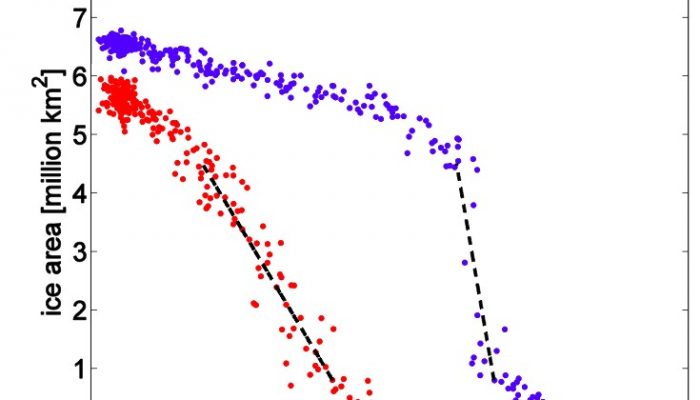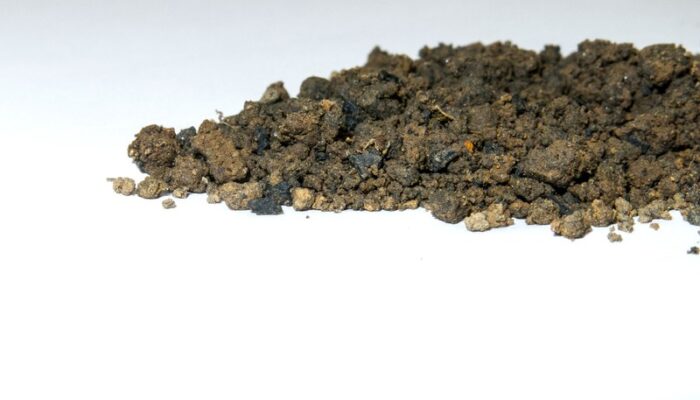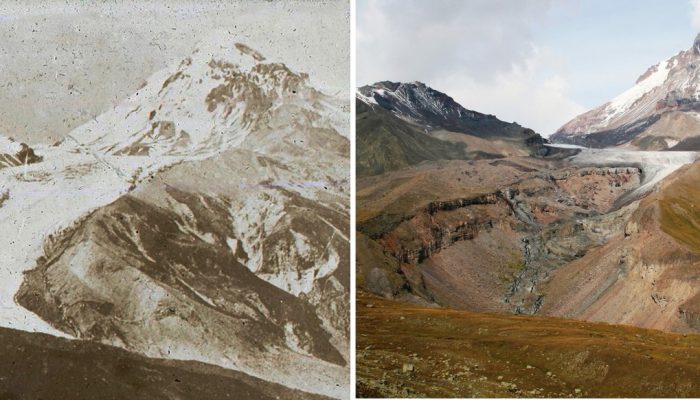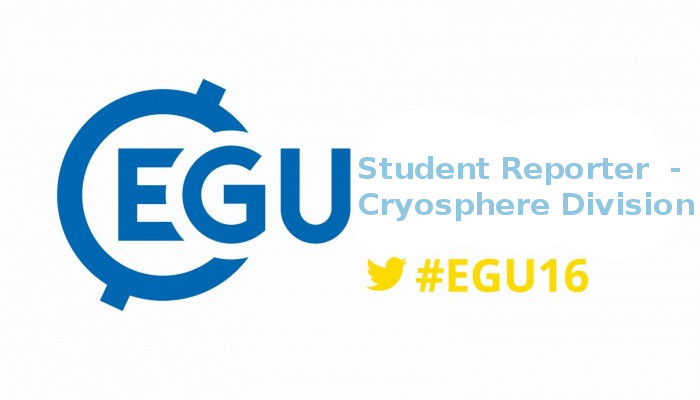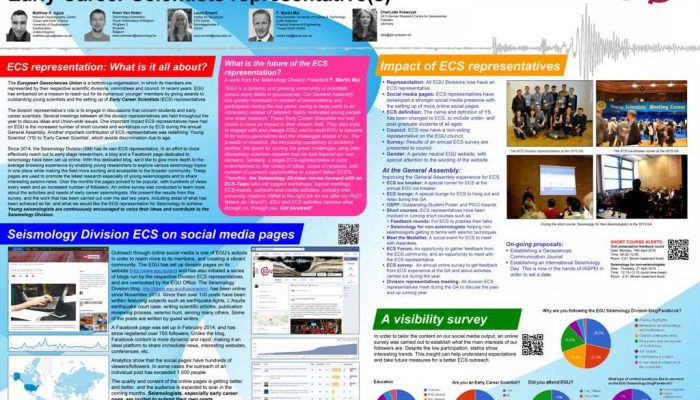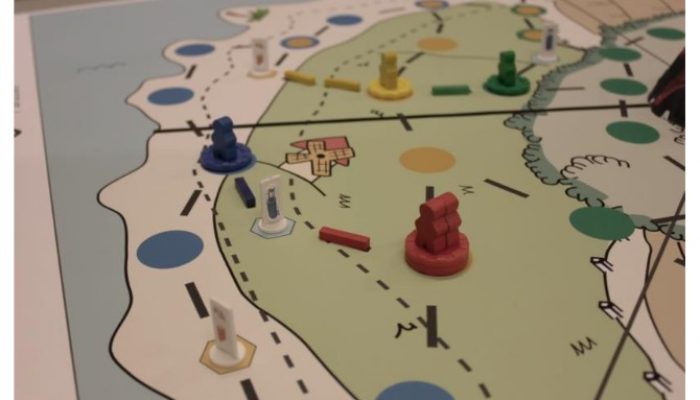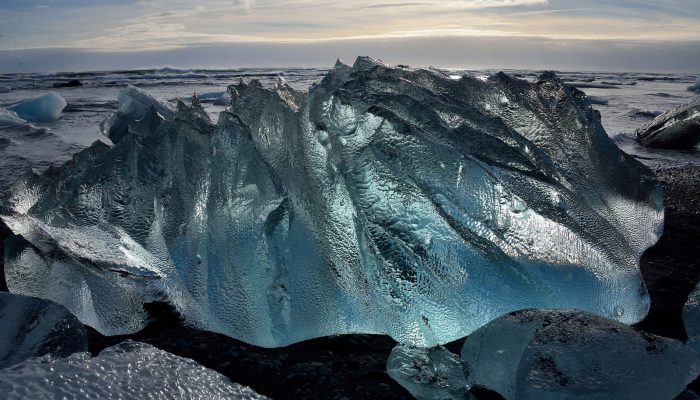A couple of weeks ago, we promised a more detailed review of our experience at the General Assembly 2016. Here is something we deemed worthy to spread word about. EGU is dedicated to geoscience, so the first thing we are all looking for in the general assembly and EGU’s journals is…interesting science! Duh. But science doesn’t live in an isolated space of labs and computing centers. There is ample ...[Read More]
If you didn't find what you was looking for try searching again.
Cryospheric Sciences
Image of the Week – See How Seasonal Sea Ice Decline Differs!
Why do we care about sea ice in the first place? Sea ice is important for several components of the climate system. Due to its high albedo, sea ice reflects a high amount of the incoming solar radiation and is therefore relevant for the Earth’s energy budget. Sea ice inhibits the exchange of heat, moisture and momentum between ocean and atmosphere, which usually occur at the sea surface. Whe ...[Read More]
Soil System Sciences
New and traditional soil amendments – not so new after all?
Caroline Spann University of Natural Resources and Life Sciences, Vienna As of increasing demands for 4F (food, feed, fiber and fuel production) from agricultural sites there are many researches being done on soil amendments to increase yields, to remediate degraded or even contaminated soils to make them more profitable again. Tuesday morning a session was dedicated to “new and traditional soil a ...[Read More]
Energy, Resources and the Environment
Take a deep breath… Or not!
We all know that pollution, of any kind, is not good news and that it may lead to health risks. Air pollution, such as smog, is something many large cities experience, especially in low- and middle-income countries. The World Health Organisation reports that “As urban air quality declines, the risk of stroke, heart disease, lung cancer, and chronic and acute respiratory diseases, including a ...[Read More]
GeoLog
The final days of the mountain glaciers
In 1896 British lawyer, mountaineer and author Douglas Freshfield climbed an obscure mountain in the Caucasus called Kasbek and in his book detailing his adventures he described the mountain: “From this point the view of Kasbek is superb: its whole north-eastern face is a sheet of snow and ice, broken by the steepness of the slope into magnificent towers, and seamed by enormous blue chasms.” D Fre ...[Read More]
Soil System Sciences
Go ask a statistician!
Caroline Spann University of Natural Resources and Life Sciences, Vienna During the EGU2016 Assembly, the chair of the statistics advisory panel of European Journal of Soil Science offered a short course on common statistical problems in soil science papers called “Secrets from the statistics panel: common statistical problems in soil science papers”. Motivation to start such a short course was to ...[Read More]
Cryospheric Sciences
From Hot to Cold – Volcanology Meets the Cryosphere
Hello again, I’m Kathi Unglert, and you’re about to read my third and final post as a student reporter at EGU 2016. Today I am writing about my experience in the cryosphere sessions from my volcanology perspective. In preparation for the conference I kept thinking about what sort of research I would see in the cryosphere sessions. I had never really attended any specific conferences or meetings on ...[Read More]
Seismology
Recent activities of the Seismology Division Early Career Scientists representative(s)
In this blog post we highlight the work that has been done by the Early Career Scientists representatives of the Seismology Division in the last two years. In recent years the European Geosciences Union has embarked on a mission to reach out for its numerous ‘younger’ members by giving awards to outstanding young scientists and the setting up of Early Career Scientists (ECS) representatives. The ...[Read More]
GeoLog
GeoSciences Column: Hazagora – will you survive the next disaster?
There is no better thing, on a cold and stormy winter’s evening, than to gather your friends for a night of games / board games. Fire blazing (if you have one), tasty snacks laid out and drinks poured, you are all set to indulge in a night of scheming (if you are playing battle ship), deceit (Cluedo), or even all out comedy (think Pictionary or Charades). The main purpose of the games you are like ...[Read More]
Cryospheric Sciences
Image of the Week — Glowing Ice
Two weeks ago, the EGU General Assembly was coming to an end in Vienna. With over 16,500 participants, this year’s edition was bigger and more varied than ever (e.g check out this good overview of the science-policy short course, published 2 days ago on geolog). The week was particularly fruitful for the cryospheric sciences and to mark this we have cherry-picked one of the winning picture o ...[Read More]

